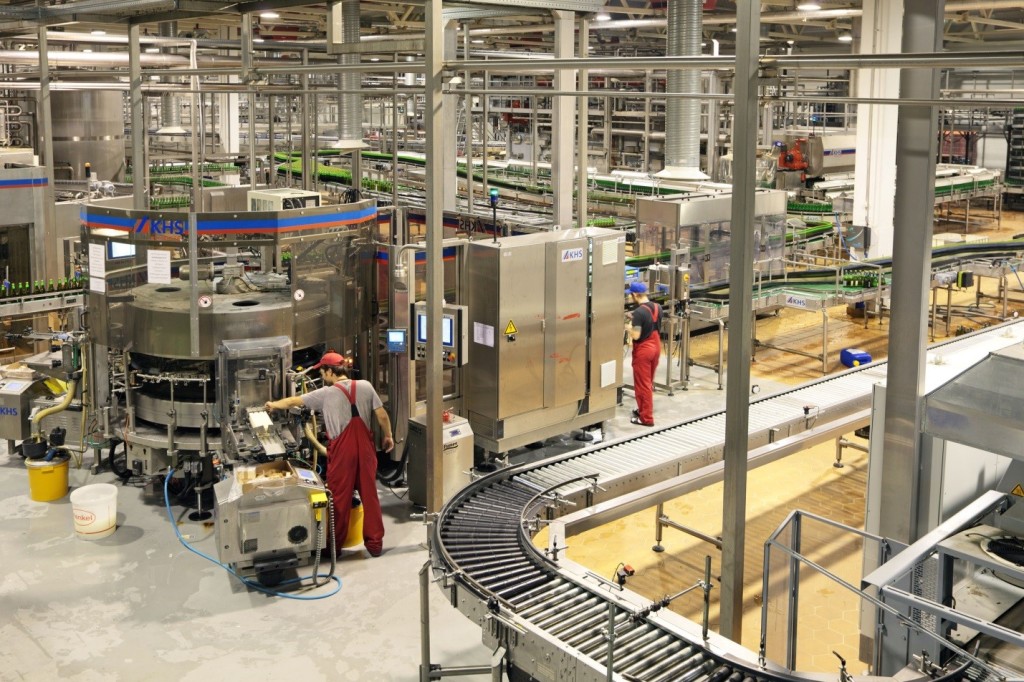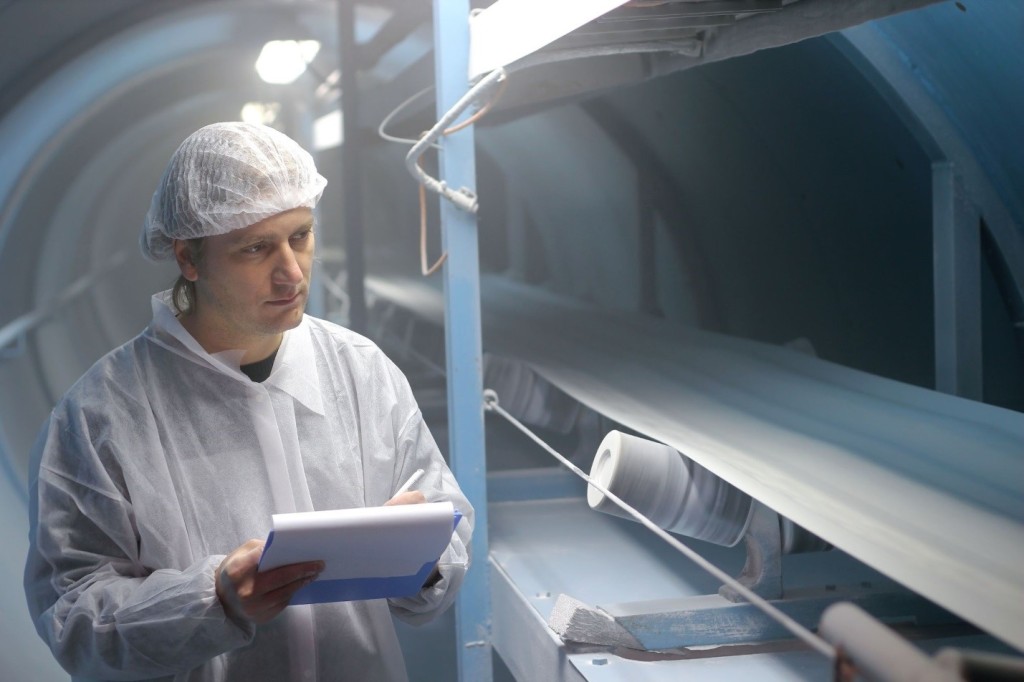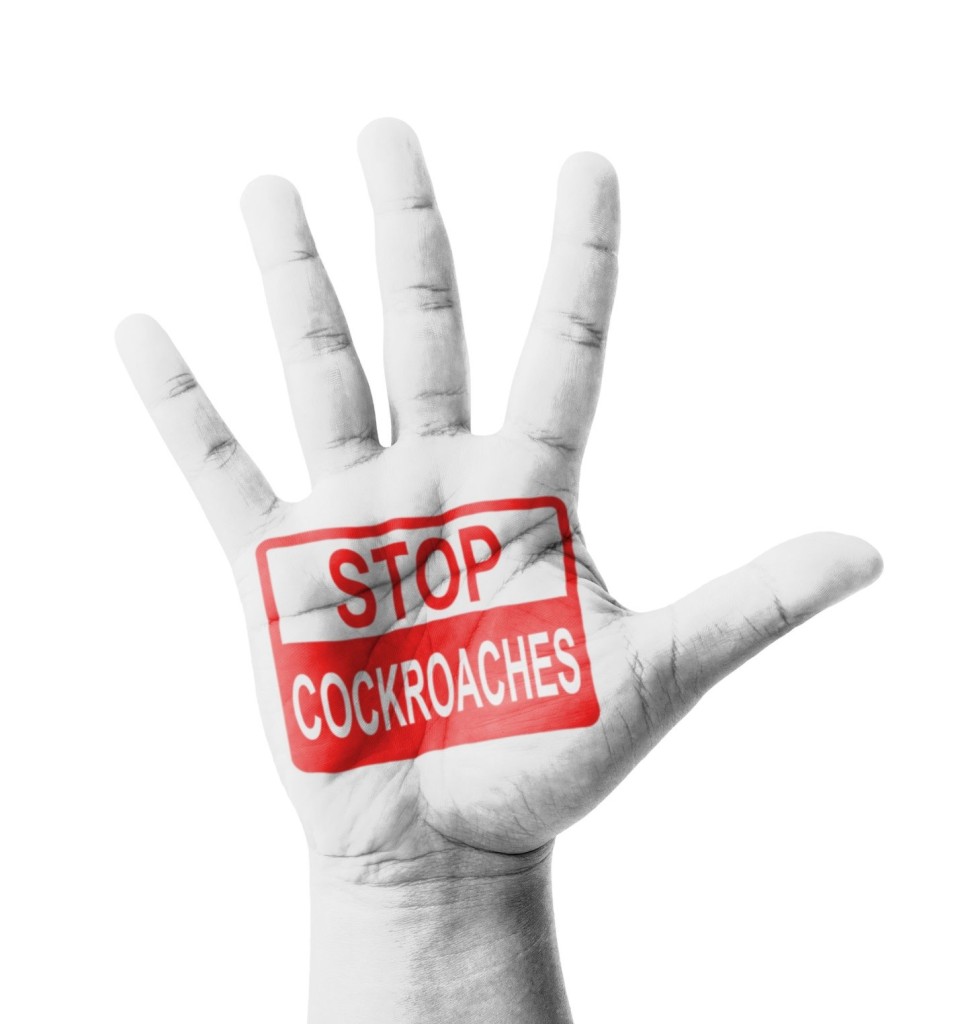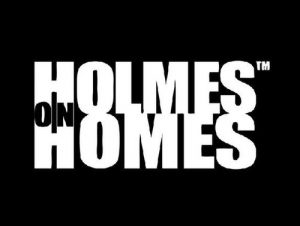Cockroaches in Food Processing Facilities: Dispelling the Biggest Myths

In the food processing world, safety is always a hot topic, and facility managers have a very long list of state and federal regulations they must comply with. Unfortunately, despite the numerous health dangers posed by the presence of cockroaches, flies, and rodents inside food processing plants, pest management is seldom viewed as a top organizational priority.
In fact, the subject of sanitation and pest management is not even completely understood yet by food processors, and myths continue to plague the industryClick To Tweet. Poorly maintained facilities and equipment can and will harbor disease-causing pathogens, whose infiltration inside the food processing environment increases the likelihood of food contamination and the spread of foodborne illnesses. Such pest management failures are not only extremely damaging to individual processors and the industry as a whole, but also a surefire way to demolish a company’s reputation among customers.By dispelling some of the following myths regarding the presence of German cockroaches in food plants, we hope to help food processors understand what pest management entails in order to avoid regulatory actions, as well as bad publicity and financial losses.
Myth #1: Cockroaches are brought inside only via supply shipments.
German cockroaches are effective hitchhikers and can easily hide inside cardboard boxes, pallets, and packing materials, but that’s not the only mode of entry inside food processing plants. According to some commercial pest control professionals, the vast majority of infestations are introduced by employees on their personal belongings. Particularly susceptible are workers who live in multi-family dwellings where cockroaches can easily travel between apartments through the walls. Some cockroaches will also enter buildings through sewer pipes, steam tunnels, and underground utility lines, or even through open doors and windows.
Myth #2: If no cockroaches are visible during the day, that means there aren’t any.

Cockroaches are primarily nocturnal insects and typically less active during the day. They prefer to act under the cover of darkness, and they generally only come out of their hiding places only when the site is offline. It is not, however, unheard of for cockroaches to be spotted during the daylight hours if workers are not present and the lights are off. Sightings of insects in the presence of people and under lit conditions may indicate a severe infestation.
Because cockroaches are so good at hiding, pest management and control is often ignored until pests and the damage they have caused become visible.
Once they’ve gained entrance in a building, cockroaches will seek out habitats that meet the following conditions: they are warm (70+° F), dark, moist, still, and in the proximity of food and water sources. They prefer to live in voids and narrow spaces where they can feel “tucked in,” whether it’s inside walls, in electrical panels, inside or near production equipment, in storage and transport areas, and in administrative spaces. Employee areas, such as locker rooms, offices, break areas, and cafeterias are especially susceptible to cockroach infestations.
Myth #3: German cockroaches in food processing plants are simply a nuisance and should not be seen as a public health issue.

German cockroaches are known to spread at least 33 types of bacteria, 6 types of parasitic worms, and 7 other types of human pathogens, which definitely makes them a public health issue, and a very serious one. Cockroaches carry food poisoning germs, spoilage microorganisms, pathogenic agents, toxins, and allergens on their bodies, which can be indirectly transmitted to humans via the contamination of products, preparation surfaces, and utensils. They are major vectors of several foodborne disease-causing bacteria, some of which may cause life-threatening illnesses such as Salmonella, Listeria, and E. coli.
Cockroaches defecate and salivate on all surfaces they come into contact with as they seek to get acquainted with their environment. Aside from their pathogen-laden droppings, they also leave behind cast skins and egg cases, which are potential contaminants when accidentally processed into a product. Additionally, the feces and parts of decomposing cockroach bodies can be inhaled by humans and trigger an allergic response in individuals suffering from asthma.
Myth #4: Treating the outbreak will also treat the source.
The method of treating only the existing outbreak is a poor understanding of pest management, because it deals only with the consequences and leaves the real trouble unaddressed. If cockroaches are found inside a food storage room, applying pesticide formulations on a few live insects does nothing to the existing population (which is probably large considering that a female cockroach and her young can produce up to 300,000 more roaches per year). Instead, looking at cockroach control as an ongoing process rather than a one-time intervention is the key to really eliminating the source of the problem.
Relying on a partnership between plant management and pest control professionals, an effective pest management program should:
- Identify the pest
- Establish the source and severity of infestation as to take suitable action
- Eliminate conditions that favor the presence of the pest
- Treat the infestation using methods and equipment suitable for the infested environment
- Follow up to determine the effectiveness of the program and address future problems in a timely manner
The Only Real Control Is Integrated Control

Instead of simply eliminating a pest, Integrated Pest Management (IPM) attempts to first understand the pest’s biology and environment and only then consider all the available options to completely eradicate not just present, but also future, infestations. Basic pest identification, mechanical or physical pest exclusion methods, sanitation techniques, and hot spot monitoring carried out correctly will eliminate all threats to food safety inside the plant.
Ultimately, the best outcome can only be obtained as a result of the pest control professional and facility manager combining their knowledge to develop an effective and responsible pest control and prevention program, with the end goal to respect the health and safety of both man and the environment.
About the Author
Daniel Mackie, co-owner of Greenleaf Pest Control, is a Toronto pest control expert well-known as an industry go-to guy, an innovator of safe, effective pest control solutions, and is a regular guest on HGTV. Mackie, along with business partner Sandy Costa, were the first Toronto pest control professionals in Canada to use detection dogs and thermal remediation for the successful eradication of bed bugs. In his free time, he is an avid gardener.














You must be logged in to post a comment.